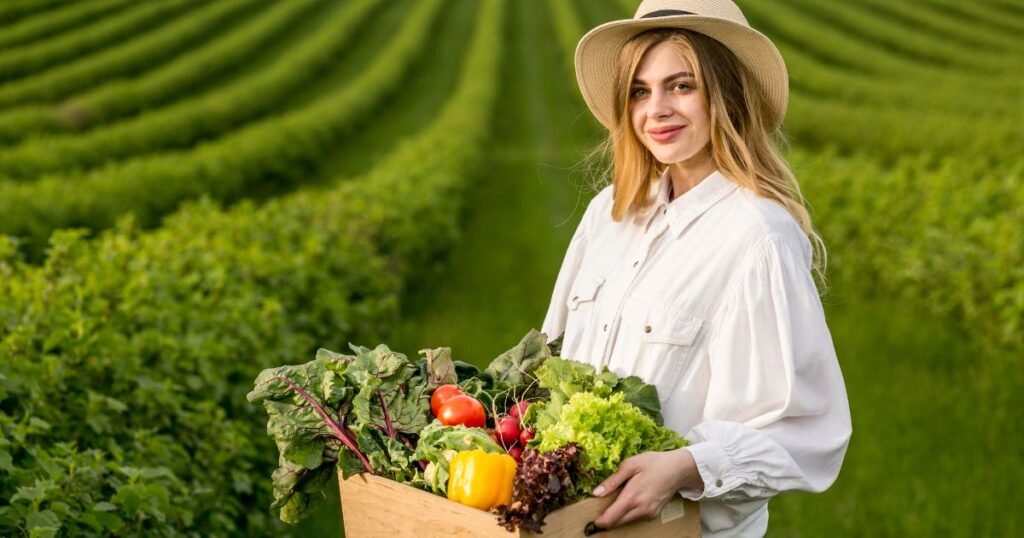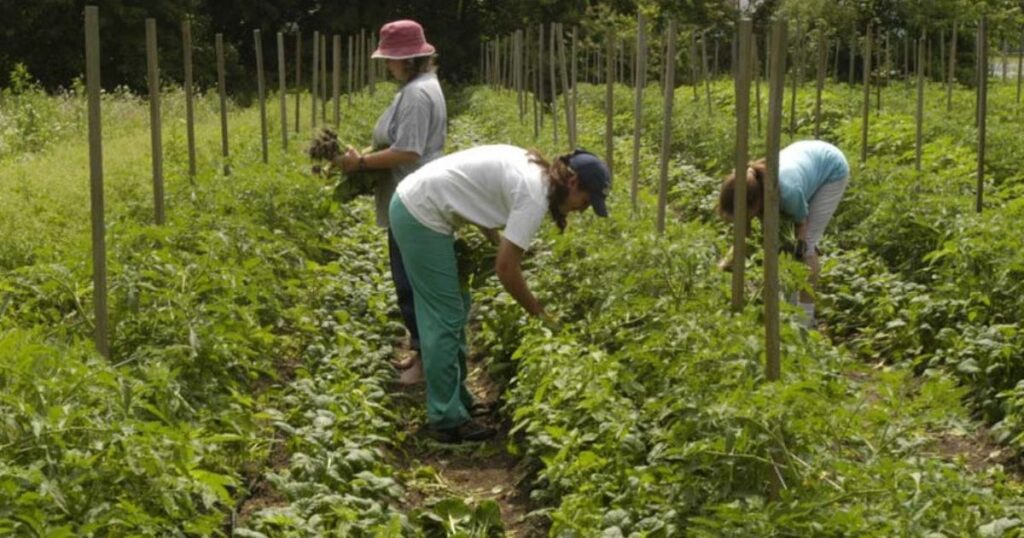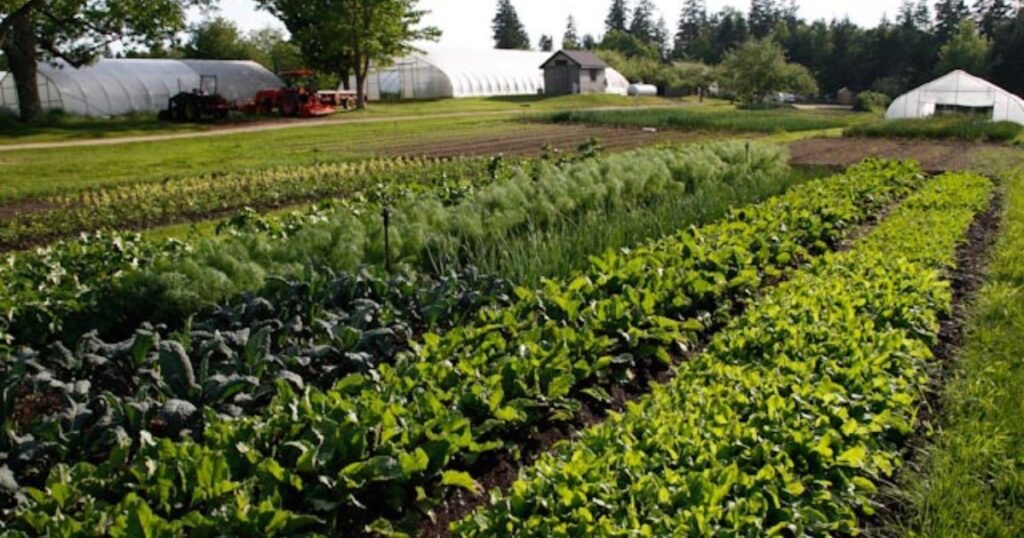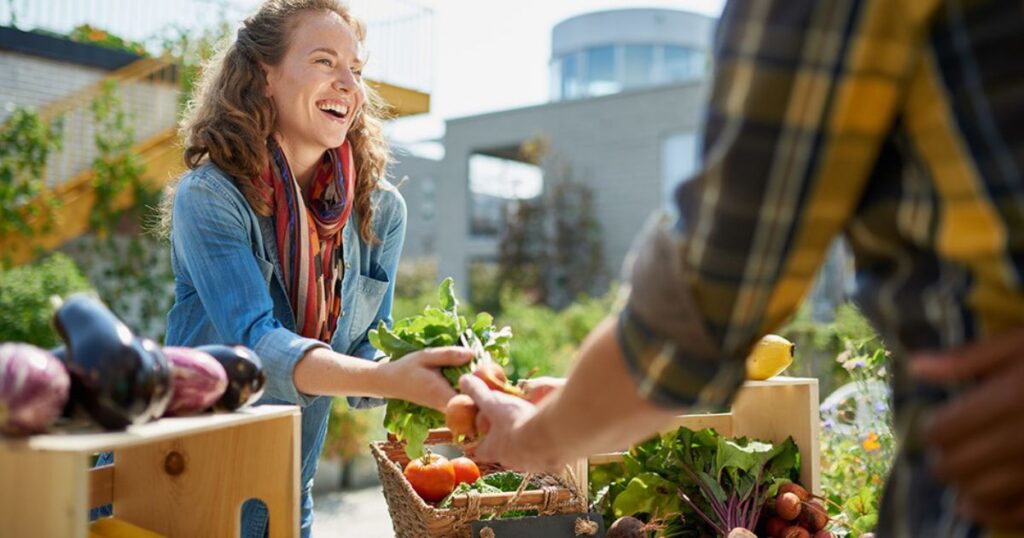In the dynamic realm of AP Human Geography, the concept of Market Gardening stands as a fascinating and often overlooked subject., market gardening in AP Human Geography is a captivating but often overlooked topic. This cultivation method focuses on high-value, perishable crops for local markets, contributing to local economies and sustainability. Through the AP Human Geography lens, it offers insights into spatial organization, cultural landscapes, and key concepts like agribusiness and rural-urban migration, reflecting broader dynamics of human-environment interactions and sustainable development.
What is Market Gardening

Market gardening, also known as market farming or truck farming, is a specialized method of cultivating high-value, perishable horticultural crops. This approach involves the concentrated and careful production of fruits and vegetables, with a keen focus on local and regional markets, highlighting the importance of delivering freshness and top-notch quality.
In essence, market gardening is a targeted strategy for growing these crops efficiently in a confined space, ensuring that they are exceptionally fresh and of premium quality. This practice serves the purpose of supplying the local community with delicious and healthy produce. It can be likened to a community garden that not only offers nutritious food but also contributes to the overall well-being of the local population.
Advantages of Market Gardening in AP Human Geography

Sustainable Agriculture
Market gardening epitomizes sustainable agriculture practices. It emphasizes organic methods, minimal use of chemicals, and the efficient use of resources. This sustainable approach aligns with the AP Human Geography curriculum, promoting environmentally conscious farming.
Economic Significance
Market gardening plays a pivotal role in economic geography. It stimulates local economies by creating jobs, supporting small-scale farmers, and contributing to rural development. Moreover, it provides an essential link between producers and consumers, fostering economic interdependence.
Regional Variation
Market gardening is far from being a one-size-fits-all concept. Its practices vary across regions, driven by factors like climate, culture, and market demands. Studying these regional variations in AP Human Geography can offer unique insights into human-environment interactions.
Food Security
In an era marked by concerns about food security, market gardening can provide a partial solution. By promoting local food production, it reduces reliance on long-distance transportation and minimizes food waste, factors crucial to understanding food systems in AP Human Geography.
Cultural Diversity
Market gardening reflects cultural diversity in food production and consumption. Different regions specialize in growing unique crops, reflecting the traditions and tastes of their communities. This cultural richness is a fascinating facet of human geography.
Unique Insights into Market Gardening

Crop Selection: The choice of crops in market gardening is strategic, and often influenced by market demand, climate, and soil conditions. Exploring the reasoning behind crop selection can shed light on how geography shapes agricultural practices.
Urban Agriculture: In the context of AP Human Geography, urban market gardening is a compelling topic. Investigating how cities integrate farming into their landscapes speaks to the challenges and opportunities of urbanization.
Local Food Movements: The rise of local food movements has reinvigorated market gardening. Understanding the motivations behind consumers’ preferences for locally sourced produce connects market gardening with human geography’s societal aspects.
Land Use Planning: Market gardening often requires careful land use planning, especially in densely populated areas. Discover how land is allocated for these purposes ties into the broader themes of urbanization and land use patterns in AP Human Geography.
Technological Advancements: The adoption of technology in market gardening, such as precision agriculture and hydroponics, has revolutionized the industry. These innovations showcase the intersection of human geography with science and technology.
Climate Change Resilience: As climate change poses challenges to agriculture, market gardening’s adaptability and resilience can serve as a case study. How farmers adjust their practices in response to changing weather patterns is an essential aspect of climate geography.
Community Engagement: Market gardening often fosters a sense of community. Farmers’ markets, community-supported agriculture (CSA) programs, and local food initiatives bring people together. This community aspect can be explored through the lens of social geography.
Global Supply Chains: While market gardening primarily serves local and regional markets, it also links to global supply chains. Investigating the connections between local production and global distribution can help students grasp the complexities of globalization.
Implications of Market Gardening in AP Geography for a Sustainable Future
Market gardening’s relevance extends beyond the classroom. It provides valuable lessons for creating a more sustainable future. By containing market gardening into the study of AP Human Geography, educators empower students to think critically about the pressing challenges of our time, such as climate change, food security, and sustainable development.
As we encourage a deeper understanding of market gardening in AP Human Geography, we equip students with the knowledge and insights to navigate the complex and ever-changing world of geography, where human societies, environments, and economies intersect. It’s a journey that not only informs but also inspires future generations to make informed decisions and positive contributions to our global landscape.
Exploring the practical applications of market gardening in Real Life

Market gardening isn’t just an academic concept; it has real-world applications. Students who study market gardening in AP Human Geography gain valuable skills in critical thinking, data analysis, and problem-solving. These skills are transferable to a wide range of careers, including urban planning, environmental advocacy, sustainable agriculture, and community development.
Conclusion: A World of Possibilities
As we continue to explore the intricate world of market gardening in AP Human Geography, we find an ever-expanding landscape of knowledge and relevance. From environmental sustainability to economic principles, cultural diversity to health outcomes, this subject is a treasure trove of opportunities for students to engage with geography in meaningful and impactful ways. By immersing themselves in the study of market gardening, students embark on a journey that connects them to the pressing issues of our time while equipping them with the skills and perspectives needed to be informed and proactive citizens of our global society.
So, whether you’re a student seeking to expand your horizons or an educator looking for an engaging and relevant topic, market gardening in AP Human Geography offers a world of possibilities waiting to be explored and understood.
People Also Read : Gardening Gifts for Dad
FAQ
Why marketing gardening is practiced near urban areas?
Market gardening is practiced near urban areas due to high demand for fresh produce, allowing quick transportation and direct supply to meet the urban population’s needs. Proximity facilitates efficient distribution, minimizing spoilage and ensuring a steady, local food supply.
What are the geographic conditions for market gardening?
Market gardening thrives in areas with fertile soil, favorable climates, and proximity to urban centers, ensuring efficient distribution. Access to water sources and transportation networks further enhances the viability of these intensive cultivation practices.
What is the best climate for market gardening?
The best climate for market gardening is typically a temperate climate with mild temperatures, well-distributed rainfall, and ample sunlight. These conditions support optimal plant growth, ensuring a productive and successful cultivation for various crops.
Which state has the largest agriculture economy in the United States?
California
California boasts the largest agricultural economy in the United States. Its diverse climate and fertile soils support a vast array of crops, ranging from fruits and vegetables to nuts and dairy products, contributing significantly to the nation’s agricultural output.
Which crop is America largest producer?
Corn is the largest crop produced in America, with extensive cultivation across the country, serving as a staple in various industries, from food and livestock feed to biofuels.
